Your Cheatin’ Art: It Only Pays When You Don’t Get Caught
Motorsports has long been a high-stakes industry, backed by major auto manufacturers and underwritten by hundreds of corporations, some of them Fortune 500 companies. But despite ever-rising levels of professionalism, cheating still occurs on the highest levels.
How that cheating is treated by the major sanctioning bodies, though, differs. Minor infractions are typically addressed promptly, with a loss of finishing position, a fine, or a points penalty, or all three. When a major infraction occurs—well, that’s where it gets interesting.
For years—decades, actually—NASCAR maintained a tacit policy of allowing winners that did not pass post-race technical inspection to keep the win, sometimes despite rather egregious violations. Example: The 1983 Miller High Life 400 at Charlotte Motor Speedway, which was won by Richard Petty.
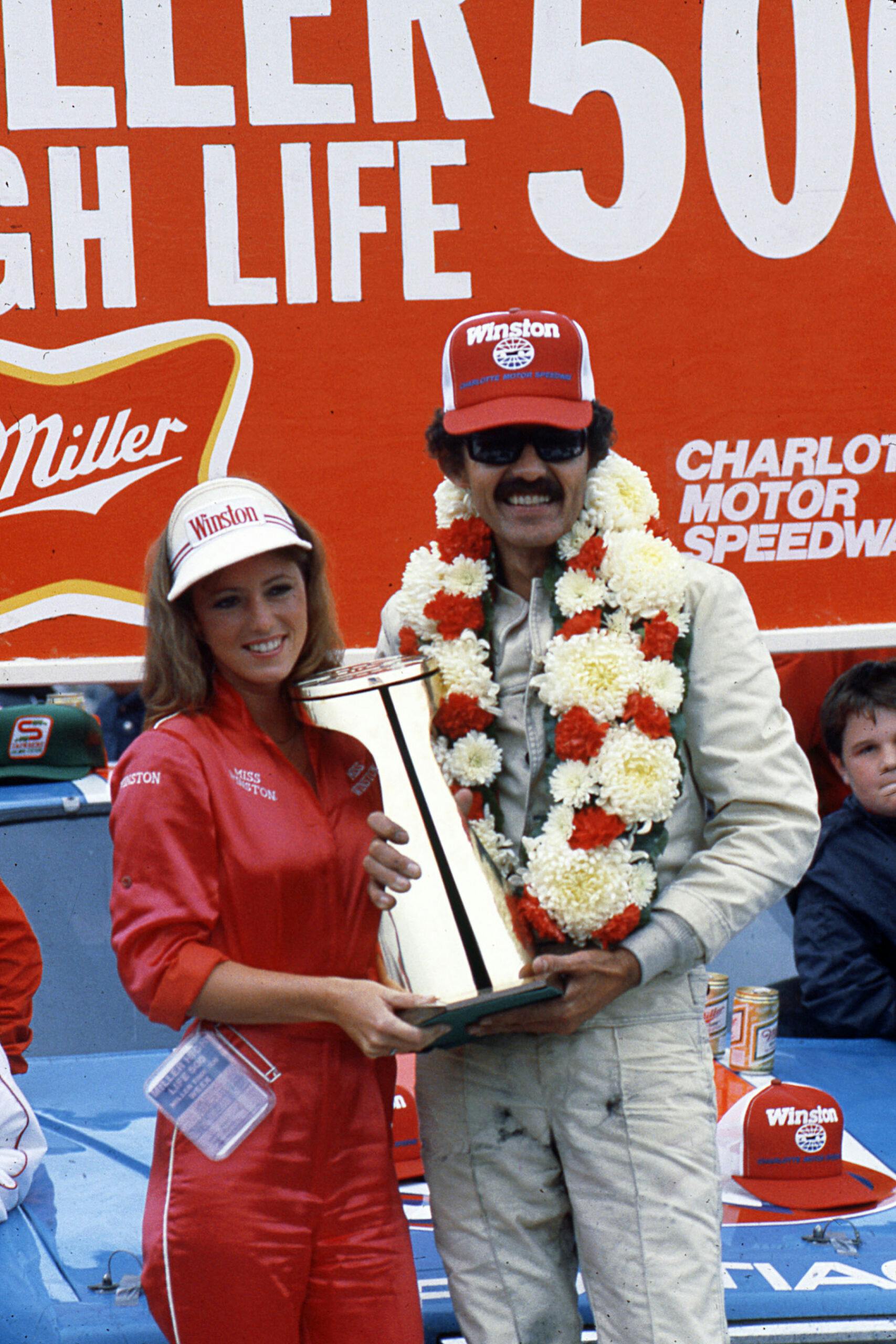
In post-race inspection, it was found that Petty’s car had left-side tires installed on the right side of the car, which supposedly gave the car an illegal advantage. But worse, after tearing down the engine, it was found that the V-8 in Petty’s Pontiac measured out to nearly 382 cubic inches. NASCAR’s limit was, and is, 358 cubic inches.
NASCAR officials met for three hours and determined that Petty should be fined $35,000 and docked 104 points, but he would be allowed to retain the win. The decision was in keeping with NASCAR’s unspoken opinion that fans should be able to go home Sunday knowing who the winner of the race was, and not learn that he had been disqualified in Monday’s newspaper.
It was not always that way. In NASCAR’s very first race, apparent winner Glenn Dunaway was stripped of the victory after officials found illegal rear springs on his Ford. The win was given to the car that came in second, Jim Roper.
That was in 1949. Between then and 1960, NASCAR took the wins away from seven drivers for violations that ranged from a fuel tank that was too big, to illegal cylinder heads.
It was not until July of 2022 that NASCAR would strip another Cup series winner of a victory, when Denny Hamlin, driving a Toyota for Joe Gibbs Racing, was disqualified from the M&Ms 400 at Pocono Raceway for having a front spoiler that had been bolstered by illegal tape. Kyle Busch, who finished second, was also disqualified. His Joe Gibbs Toyota had the same tape treatment. This gave the win to Chase Elliott, who had finished third.
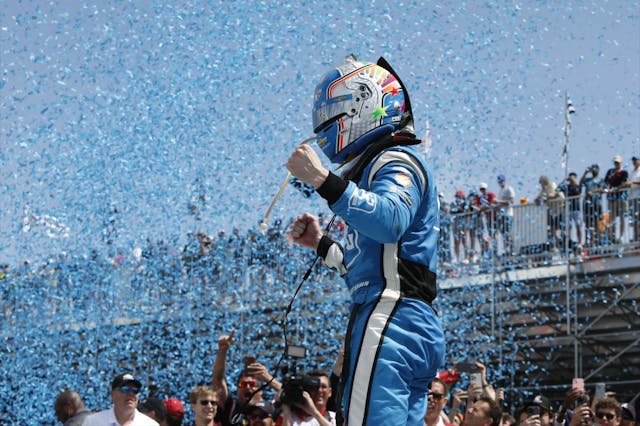


We mention this because on Tuesday, IndyCar took away Josef Newgarden’s win in the 2024 season opener at St. Petersburg. Scott McLaughlin, who finished third, was also disqualified. Both drive for Team Penske, owned by Roger Penske, who also owns the IndyCar series as well as the Indianapolis Motor Speedway. “Very disappointing,” Penske told the Associated Press. “Very embarrassing.”
The gutsy call was made by IndyCar President Jay Frye after it was found that Team Penske had manipulated the “push to pass,” or PTP, system that allows drivers, under certain circumstances, to push a button and get a 50-horsepower boost from the turbocharged engine. The gimmick, similar to what Formula 1 uses, is supposed to make the racing more interesting.
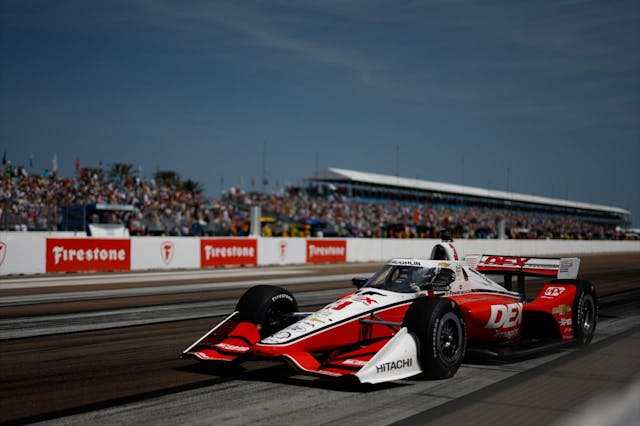
The problem in St. Petersburg was that PTP cannot be used on starts and restarts. In fact, the PTP system is literally disabled then by IndyCar. But somehow, the Penske Chevrolets had managed to enable the system, and Newgarden, the reigning Indianapolis 500 champion, and McLaughlin used it. Teammate Will Power did not, and IndyCar just fined him 10 points and allowed him to keep his fourth-place finish. Pato O’Ward, who drives for Arrow McLaren, was elevated from second to first place.
So how did the Penske team circumvent the PTP shutoff? In a statement, Team Penske President Tim Cindric said that the “push-to-pass software was not removed as it should have been, following recently completed hybrid testing in the Team Penske Indy cars.
“This software allowed for push-to-pass to be deployed during restarts at the St. Petersburg Grand Prix race, when it should not have been permitted,” said Cindric, regarded as Roger Penske’s right-hand man. “The car driven by Josef Newgarden and the car driven by Scott McLaughlin both deployed push-to-pass on a restart, which violated IndyCar rules. Team Penske accepts the penalties applied by IndyCar.”
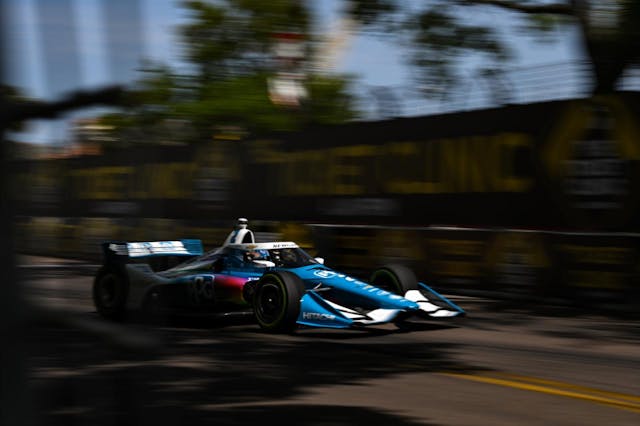
Also interesting is that it took 45 days for IndyCar to bust Penske. That’s because they didn’t find out about the breach until a practice session for last Sunday’s race at Barber Motorsports Park in Alabama. IndyCar did not activate the electronic PTP system during the early part of the session, but noticed that it was activated in three of the 27 cars on the grid—the three Penske cars. An immediate investigation followed. Two days later, the Penske penalties were announced.
According to Racer, the PTP system is activated under all circumstances when there is a test of the hybrid system on IndyCars. Cindric said that by mistake, PTP software left on his cars after the hybrid test was not removed. They have the option to protest the penalties, but instead are pleading guilty.
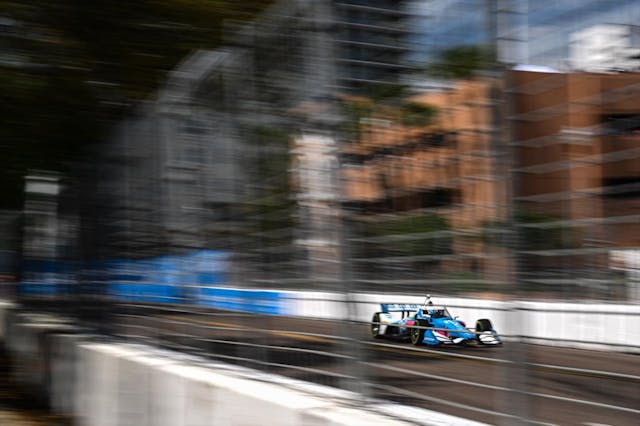
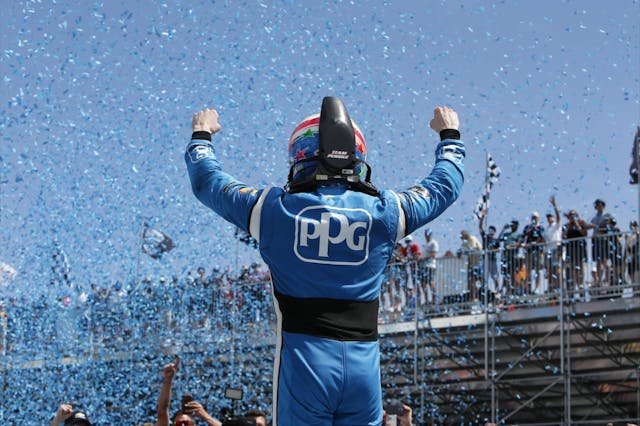
It is reminiscent of the last major motorsports cheating scandal, which occurred at the 2023 Rolex 24 at Daytona, the opening race of the season for the IMSA WeatherTech SportsCar Championship. The cars race on Michelin tires, and in the then-new GTP class, the tire company suggests a minimum tire pressure. When a GTP car’s tires fall below that minimum, it is electronically broadcast to IMSA’s race control. As a penalty, IMSA requires the car to drive slowly through the pits while the race is on.
But for the winning car, the Meyer Shank Acura, the team managed to jam the telemetry that broadcast the low-pressure message back to IMSA, presumably allowing them to lower their tire pressures, which is a distinct performance advantage. It appears Meyer Shank, which was celebrating its second straight Rolex 24 victory, may have been ratted out by a competitor, who reported it to Honda Performance Development, which reported it to IMSA. The sanctioning body investigated and found it was true. It took six weeks.
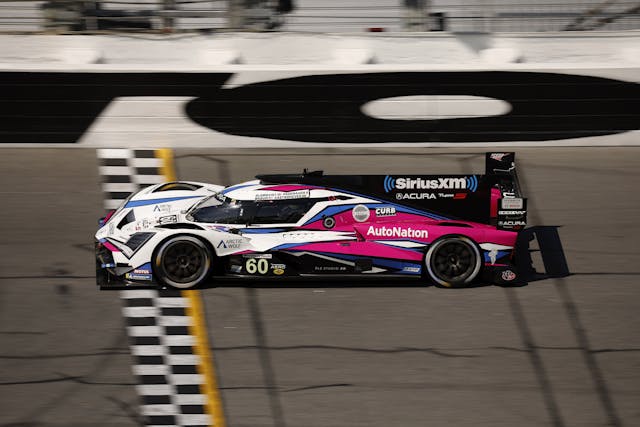
In a controversial move, IMSA, which is owned by NASCAR, did not take the win away from the Meyer Shank Acura, but chose to penalize the team heavily with a loss of points earned, a fine of $50,000 and the loss of the winner’s purse, an amount that IMSA has not disclosed. Acura pulled its sponsorship of the Meyer Shank team, taking it to the other Acura team, Wayne Taylor Racing with Andretti, which is now fielding two cars instead of one for 2024.
Does it pay to cheat? Not when you get caught. But that’s the only time in racing we learn who’s really breaking the rules.
***
Check out the Hagerty Media homepage so you don’t miss a single story, or better yet, bookmark it. To get our best stories delivered right to your inbox, subscribe to our newsletters.
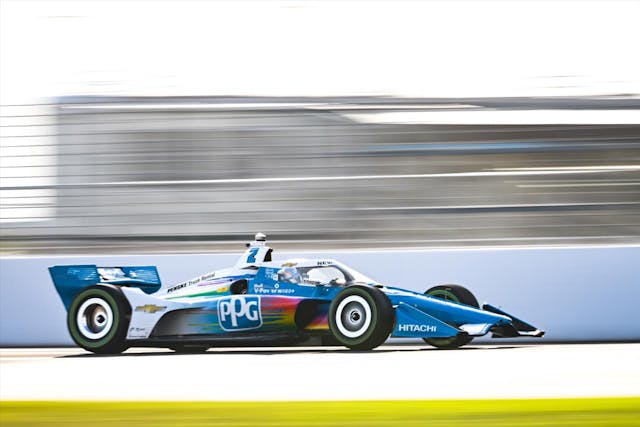


Another way of looking at it is that we only know someone is cheating WHEN they get caught. From corked bats to PEDs to using taxis in marathons to aces up sleeves to deflated footballs, practically everyone who has ever won consistently has cheated somewhere, somehow, sometime. We just don’t know about it because they didn’t get caught.
Don’t forget about screwing up the radio signals of your opponent so that coaches can’t communicate with each other or the quarterback.
In racing cheating was always part of the game.
Today the trouble is with sponsorship money and now gambling cheating is going yo be a big problem.
Even worse today when the owner of the Indy 500 and speedway as well the series owner is the team owner who got caught. The optics are really bad and the message it sends is not good.
I have admired Penskie’s unfair advantage but now he owns the game he is the one that needs to set the example for everyone. The legitimacy of his team and wins may be called into question when others are caught.
I trust Roger to do this right. But the mistake has already been made.
I find tape, etc. to be a funny thing for cheating and would be easily found.
While you mention Petty the all time best in Nascar was Smokey Yunick .He was known to deliberately have blatant non-regulation changes on his cars so that in race inspections the other smaller cheats would be missed. Then there’s those 80 something Buicks whos bumpers would fall off with the slightest tap because they were faster without them. Countless other examples. This isn’t the first time Penske been caught either. His Trans-Am Camaros for instance had been acid dipped and when they found out they disallowed the win but they kept the points earned from previous races even though they were the same cars.Being way back when that has become an amusing legend. A funny story worth telling. So Cindric gave the usual – ‘It wasn’t intentional .Here’s what happened but we plead no contest’ excuse. At least with Roger owning the series there still seems to be some modicum of fair play. Remember Dixon is now first in points by the way. Lets see what happens this weekend and how little or much coverage is devoted to the infraction before passing judgement.
ps I like Push (Power) to Pass and DRS.
Smokey Yunick seen scuffing his foot while taking a big puff off his pipe.
What I found interesting at the Indycar race at Barber was how many drivers basically nerfed Newgarden out of the way. Seems he’s lost respect among the other drivers. Nobody has attacked Roger Penske, but with all the balls he’s juggling in mid-air, I doubt he knows the software details in his cars. He’d have nothing to gain and a lot to lose if/when people question the integrity of Indycar, right ?
Hard for me to get worked up about it when the guy who owns the series and the track can field a team while another team gets penalized for…the wrong tape?? NASCAR adds technology to make things interesting then penalizes a team for manipulating it, which could have been judged as “interesting”.
Someone once said “There are only 2 classes in racing, Cheaters and losers.” I believe that if you cheat and win you prove nothing other than you figured out how to get away with it. There are many stories of gray area innovation that was later banned. I think Indy car and Nascar have lost someting by going a single chassis cars.
Strategy is most important, I like building a better mouse trap.
Formula 1 doesn’t have anything similar to the “Push To Pass” system. It has a drag reduction system on the back wing that can only be deployed if the car following is within 1 second of the car ahead and only in the zones on the track that it can be deployed.